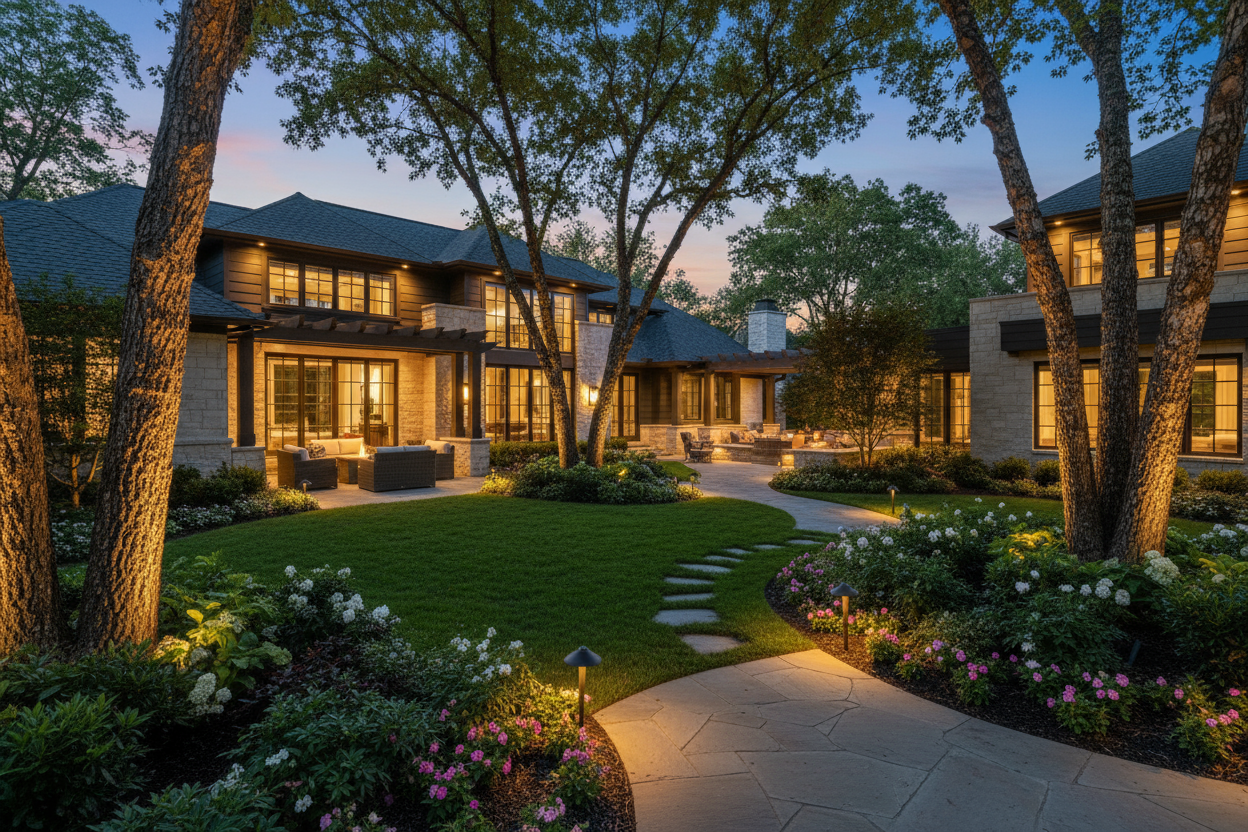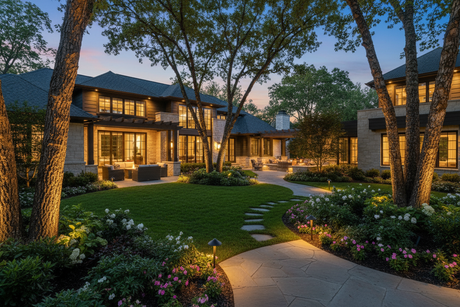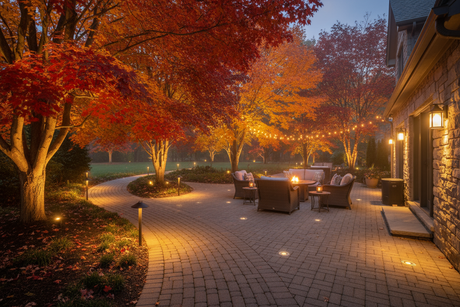When planning a landscape lighting project, one of the most important yet often overlooked decisions is choosing the right fixture material. While design, beam angle, and brightness affect the look of your system, the fixture’s material determines how long your outdoor lighting will last — especially when exposed to moisture, temperature changes, and corrosion over time.
Among the most common materials used in outdoor lighting, brass and aluminum dominate the market. Both have their strengths, but when it comes to durability, longevity, and long-term value, their performance is far from equal. This article breaks down the facts based on real-world performance, engineering data, and professional experience.
1. Why Material Matters in Outdoor Lighting
Outdoor fixtures face constant exposure to environmental stress — rain, UV rays, salt air, and soil acidity. According to the U.S. Department of Energy, the fixture’s material directly affects both lifespan and light performance stability.
Choosing the wrong material can lead to:
- Corrosion and discoloration within months
- Reduced electrical conductivity
- Water intrusion and internal damage
- Frequent replacement costs
The right material ensures consistent brightness, safe operation, and minimal maintenance for years.
2. Brass Fixtures: Built to Last
Brass, an alloy of copper and zinc, is known for its exceptional corrosion resistance and mechanical strength. Unlike coated materials, brass develops a natural patina — a thin layer that protects the underlying metal from further oxidation.
Performance Advantages
- Corrosion Resistance: Brass doesn’t rust or flake; the patina enhances its protection over time.
- Structural Stability: It maintains integrity in both extreme heat and freezing conditions.
- Low Maintenance: Requires no repainting and minimal cleaning.
- Premium Appearance: Brass’s warm tone blends beautifully with garden and architectural elements.
A study by the Copper Development Association found that brass can resist corrosion for over 100 years under normal conditions. In coastal environments such as Florida or California, professional installers report brass fixtures lasting over a decade without visible deterioration.

3. Aluminum Fixtures: Affordable but Limited Lifespan
Aluminum is lightweight and budget-friendly but far less durable than brass. To delay oxidation, most aluminum fixtures are powder-coated or painted. However, once the protective layer chips or fades, corrosion begins quickly — forming a chalky white residue that weakens the fixture.
Performance Limitations
- Corrosion-Prone: Especially in humid or coastal climates.
- Paint Peeling: UV rays cause coatings to crack or discolor over time.
- Short Lifespan: Typically 3–5 years compared to brass’s 10–15 years.
- Higher Maintenance: Requires regular repainting and cleaning.
Aluminum may work for temporary setups or mild climates but usually leads to higher long-term costs due to replacements and upkeep.
4. Brass vs. Aluminum: Performance Comparison
| Feature | Brass Fixtures | Aluminum Fixtures |
|---|---|---|
| Corrosion Resistance | Excellent – forms a protective patina | Weak – oxidizes easily |
| Average Lifespan | 10–20 years | 3–5 years |
| Maintenance | Very low | Frequent repainting |
| Coastal Performance | Ideal | Not recommended |
| Durability | Strong and stable | Lightweight, softer metal |
| Aesthetic Longevity | Ages gracefully | Paint fades and chips |
Although brass fixtures cost more upfront, they provide a better return on investment when considering total ownership value and reduced maintenance.
5. Cost vs. Value: Long-Term ROI
At first, brass fixtures may appear 30–50% more expensive than aluminum. But over time, brass pays for itself.
Consider a typical outdoor setup with 12 path lights and 6 spotlights:
| Material | Initial Cost | Average Lifespan | Replacement Frequency (5 years) | Estimated Total Cost |
|---|---|---|---|---|
| Aluminum | $800 | 3 years | 1–2 replacements | $1,600–$2,000 |
| Brass | $1,200 | 10–15 years | None | $1,200 |
Result: Brass saves 30–40% in total cost over time — all while maintaining superior performance and aesthetics.
6. Expert Insights and Industry Preference
Professional installers and lighting designers — including members of the International Association of Lighting Designers (IALD) — consistently recommend solid brass fixtures for premium residential and commercial installations. Their long-term reliability, structural integrity, and visual appeal make them the material of choice for high-end outdoor lighting projects.
Whether illuminating architectural features, trees, or pathways, brass delivers lasting brightness, safety, and style that aluminum simply can’t match.

7. Conclusion: Invest Once, Enjoy for Decades
When it comes to landscape lighting, the material of your fixtures defines their performance and lifespan. Aluminum may suit short-term or budget installations, but brass remains the superior choice for those seeking enduring value, durability, and aesthetics.
If you want outdoor lighting that stays beautiful, safe, and corrosion-free year after year — choose brass. It’s an investment that shines for decades.









